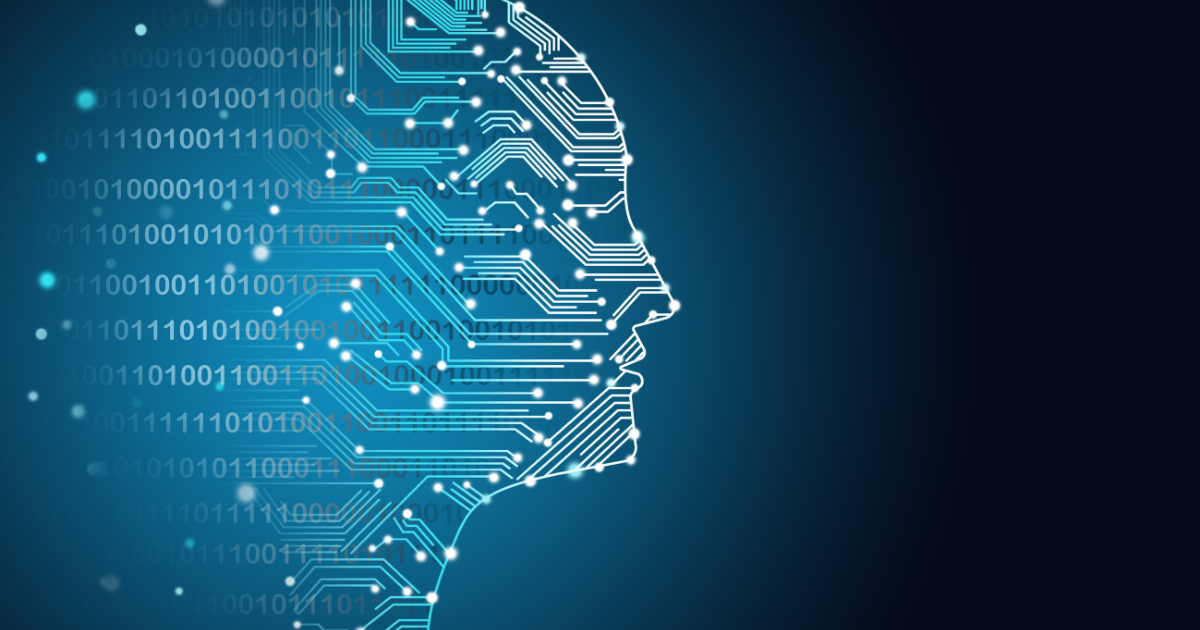Can AI Help Us Live Longer?
OpenAI is working with a biotech startup to develop an AI model with the purpose of engineering stem cells. The goal is to effectively step back natural age at the molecular level to help us live longer. Replacing some of the body’s naturally failing cells associated with normal aging could delay the loss the functional efficiency, which leads to the cells making errors, which in turn lead to loss of health.
While the role of AI in science and medicine is not new, this method of applying research datasets toward “programming” biochemistry is. The field of research devoted to extending the duration of life is longevity science and focuses on therapeutic technologies intended to alter to the body in ways that allow it to reassume function closer to its original (more youthful) performance.
In 2023, a human without major health issues can expect to live 85 years or more (compare age expectancy in 1900 — 32 years). Still, some 40 million people age 65+ will succumb to age-related diseases annually. Together with those who develop diseases commonly attributed to aging, average life expectancy on a global scale in 2021 was 71, with Covid’s influence, averaging out to 75 since.
How?
This research project’s goal is to reprogram a particular set of proteins called Yamanaka factors. Yamanaka factors are proteins that can build stem cells from skin cells and stem cells, you will recall, are the ones with superpowers allowing them to generate any tissue in the body.
Replacing some of a body’s original skin cells with with what would be, effectively, fresh new super powered cells could alleviate, at least partly, the wear of aging. At their healthiest, cells with less “mileage” make fewer errors than older cells do (such errors are a big source of a lot of our problems).Replacing older cells with stem cells could helps us avoid the failures of breakdown in organ function and overall physicality so common to aging; this natural process is known as homeostatic failure, and is a common state of the body’s declining efficiency.
Homeostatic failure usually happens in a cascading decline, a domino effect of the body’s loss of ability to do its work of living. This failure can occur all at once or piecemeal, a system at a time, over years, resulting in an ultimately mortal total collapse.
The new research aims to eliminate one of the mechanisms of this “death cascade.”
Impact to death care?
Extrapolating a bit, chances are that this therapeutic intervention, should it be successful, would be expensive once it’s publicly available. It also seems likely to become the sort of thing to catch on as a type of “youth elixir” that could at first have limited access but could turn into the next big thing. Would this mean an increase in “younger elderly” clients? If, eventually, this type of intervention becomes widely available (and affordable), could processing such older clients result in new challenges to death care?
Even if a body is basically staying younger at the level of its very cells, presumably replacement with new parts cannot continue indefinitely; eventually even it will achieve the same end we all must.
But one wonders whether such a trend might translate to preservation of key systems… the efficiency of the circulatory system, affecting embalming, for example, or other unforeseen effects; perhaps, say, strengthening bones to reduce fragility of remains.
Optimistically — if we can apply that word in this context — it almost seems possible that living longer, ironically, might make the work of death easier on the living.




